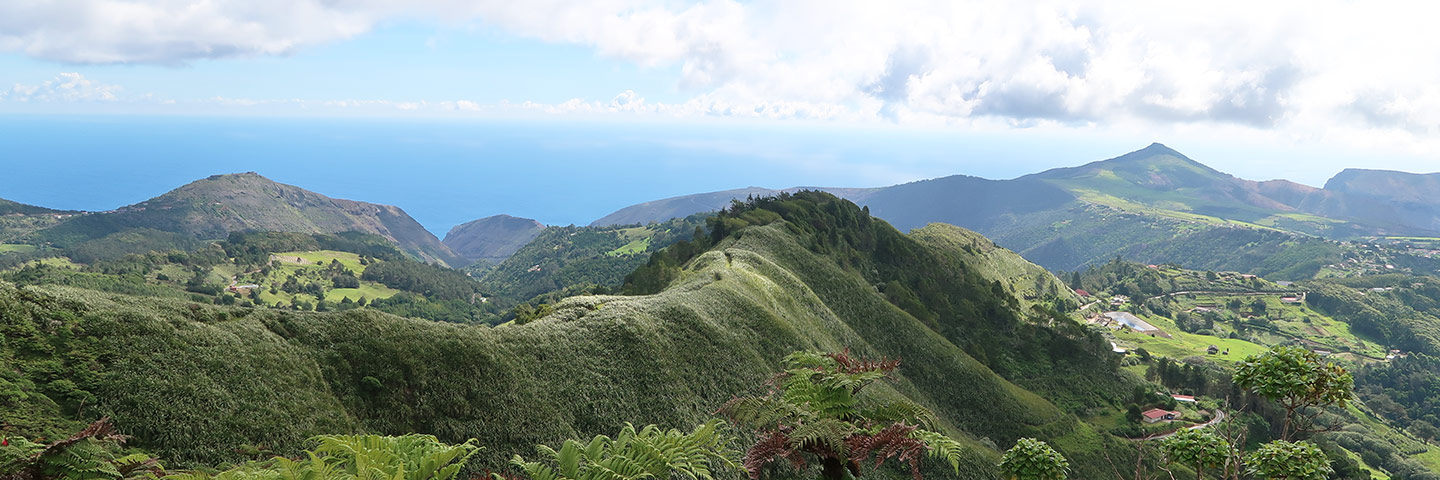St Helena is a remote volcanic outpost in the South Atlantic Ocean and a UK Overseas Territory (UKOT). It has a unique invertebrate fauna with 460 endemic species, these are species that are found nowhere else in the world. The biodiversity and ecological systems on St Helena are threatened by invasive alien species and Natasha Stevens of the St Helena National Trust visited Fera in October to receive training on the detection and identification of potentially harmful pests.
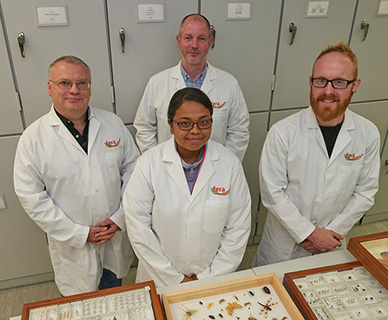
Natasha with members of the entomology team
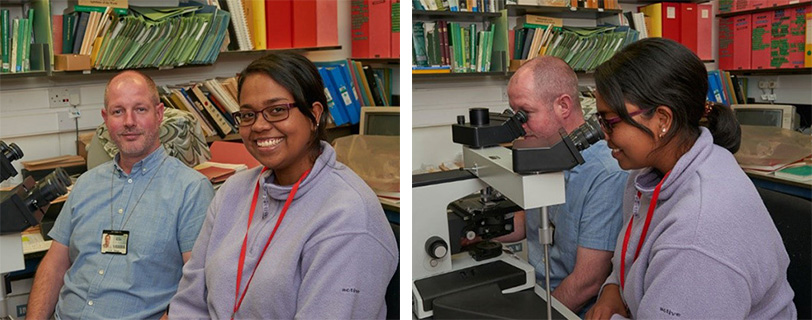
Natasha and Mark identifying thrips
Fera has provided a plant pest identification service for the UK Overseas Territories since 2010 and have identified more than 1220 samples. One of the samples that Natasha brought to Fera contained a thrips, which Mark Delaney identified as palm or dracaena thrips (Parthenothrips dracaenae), a new record for St Helena. The adult and larvae feed by inserting their stylets into plant cells and sucking out the cell contents, resulting in the leaves having a silvery appearance. This polyphagous thrips will need to be monitored in St Helena to see if it feeds on any of the endangered endemic plant species.
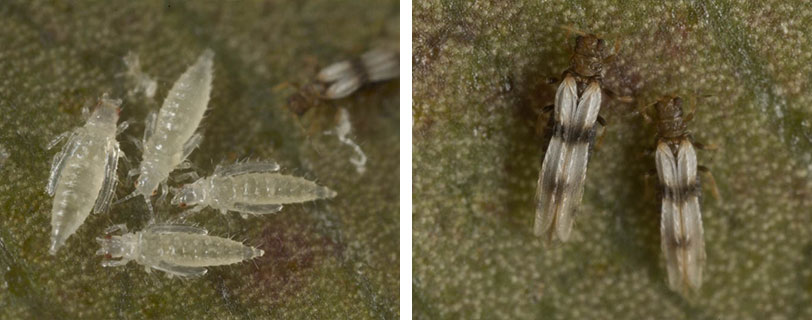
Palm thrips larvae & adults
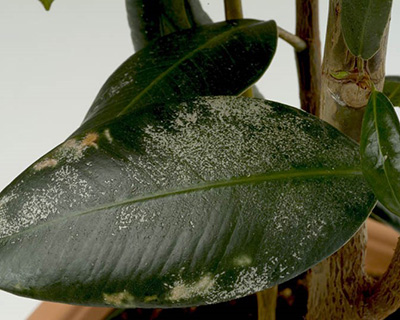
Palm thrips feeding damage
See how we can help you...
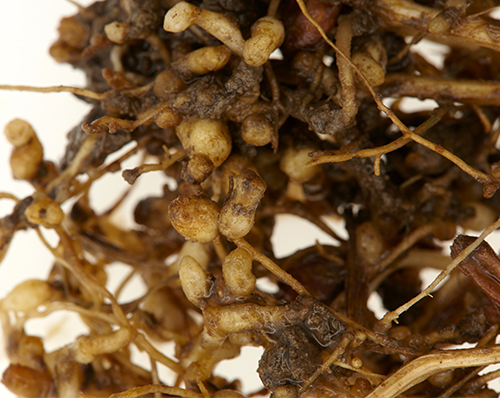
Nematology Testing
Nematodes are microscopic pests responsible for billions of pounds of yield loss each year. Potatoes Cyst Nematodes (PCN) are considered the most damaging pest of potato crops in the UK with losses up to 35%. Plant-Parasitic Nematodes (PPNs) can be just as damaging, resulting in devastating adverse effects on the quality and yield of host crops.

Crop Testing
Our leading expertise and outstanding facilities can help you understand and identify your agricultural challenges; helping you to deliver more economically and environmentally resilient farming solutions for the sustainable intensification of arable systems.



